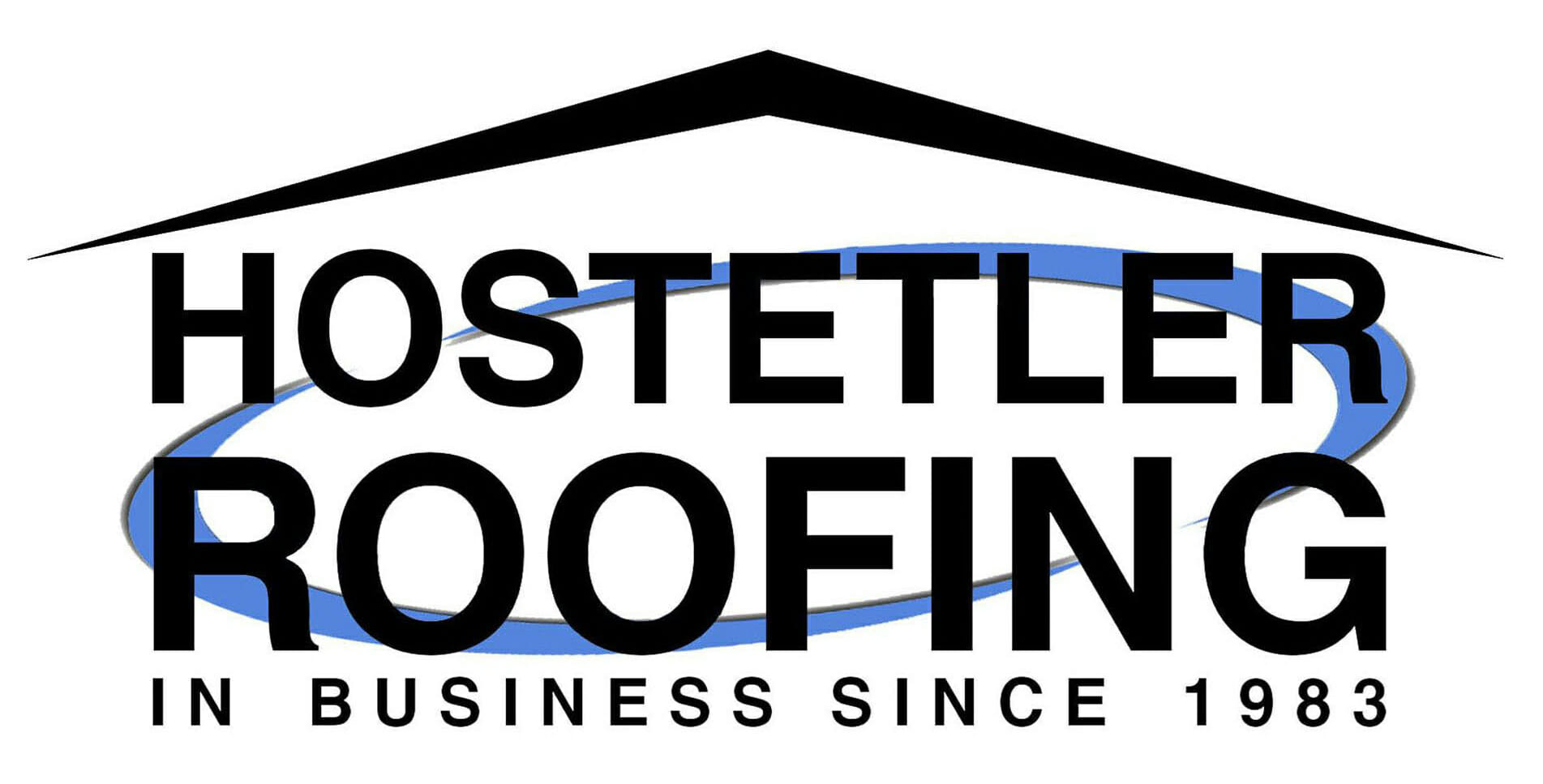
When a storm hits the ArkLaTex region or Nashville, Arkansas, it can leave more than just puddles and power outages—it can leave your roof exposed to the elements. High winds, heavy rain, and falling debris can cause serious roof damage in a matter of minutes. That’s where emergency roof tarping comes in.
What Is Emergency Roof Tarping?
Emergency roof tarping is a temporary but critical solution used to prevent further water intrusion and structural damage after your roof has been compromised. It involves covering the damaged area with a durable, waterproof tarp that is secured tightly to withstand wind and rain.
Tarping gives you and your roofing contractor valuable time to assess the full extent of the damage and plan for permanent repairs, without the risk of water damage worsening the situation.
Why Quick Action Matters
A damaged roof is more than an inconvenience—it’s a serious vulnerability for your home. If left unaddressed, even a small breach can lead to:
- Water damage: Moisture can seep into insulation, ceilings, and walls.
- Mold and mildew: Damp environments promote the rapid growth of mold, which can impact air quality and pose health risks.
- Structural issues: Wooden framing and drywall can weaken over time if exposed to water.
- Increased repair costs: The longer you wait, the more extensive and expensive the damage can become.
Taking action within the first 24-48 hours after damage occurs can make all the difference in limiting further issues.
When Should You Consider Emergency Tarping?
If you notice any of the following signs after a storm or accident, it’s time to consider calling for emergency roof tarping:
- Shingles or metal panels missing or damaged
- Visible holes or punctures in the roof
- Leaking ceilings or wet spots inside your home
- Fallen tree limbs or debris on your roof
- Signs of sagging or structural compromise
- Shingles or metal panels missing or damaged
Even if you’re unsure about the extent of the damage, it’s always safer to have a professional inspection.
Types of Roof Damage That Need Tarping
Not all damage is obvious to the untrained eye. Here are some of the most common types of roof damage that may require emergency tarping:
1. Wind Damage
Strong winds can rip shingles off or peel back layers of your roof. In severe cases, it may even dislodge flashing and roof vents, creating entry points for water.
2. Hail Damage
Hailstones can cause dents in metal roofing and crack or puncture asphalt shingles. While some damage may appear cosmetic, it can lead to leaks over time.
3. Fallen Tree Limbs
Trees and large branches are a major threat during storms. Even small limbs can create holes or put enough weight on your roof to damage the decking below.
4. Fire or Structural Failures
Fires, whether from lightning strikes or other accidents, can weaken roofing materials and leave gaps that need immediate covering.
The Emergency Tarping Process
Here’s what you can expect when you call Hostetler Roofing for emergency tarping:
Step 1: Quick Response
We prioritize emergency calls to get a team on-site as soon as possible—often the same day. Time is crucial, especially during ongoing weather events.
Step 2: Damage Assessment
Our trained team inspects your roof to identify all damage, even areas that might not be immediately visible from the ground.
Step 3: Tarp Installation
We install heavy-duty tarps using secure anchoring techniques. Tarps are cut and fitted specifically to cover the damaged area, ensuring maximum protection without causing additional harm.
Step 4: Repair Planning
Once the area is secured, we’ll help you develop a plan for permanent repairs, whether it’s replacing shingles, re-decking, or full roof restoration.
Also Read: Signs You Need a New Roof
What Makes Professional Tarping Different?
DIY tarping may seem like a quick fix, but it’s often unsafe and ineffective if not done correctly. A few key reasons to trust the professionals:
- Safety: Climbing on a wet or damaged roof is dangerous. Our crews have the equipment and training to do the job safely.
- Proper installation: We use methods that won’t damage your roof further and ensure tarps hold up during the next rain or wind event.
- Insurance documentation: We provide documentation and photos for your insurance claim, which can streamline the claims process.
Insurance and Emergency Tarping
Most homeowner insurance policies cover emergency tarping as part of the storm damage mitigation process. In fact, failing to act promptly can sometimes affect your coverage if damage worsens due to inaction.
At Hostetler Roofing, we can assist with documentation and work directly with your insurance company to make the process as smooth as possible.
Why Choose Hostetler Roofing?
Serving Nashville, Arkansas, and the broader ArkLaTex region, we understand the unique weather challenges in this part of the country. Our experienced team offers:
- Fast and professional tarping
- Comprehensive roof inspections
- Honest recommendations for repair or replacement
- Local knowledge and community trust
- Fast and professional tarping
When disaster strikes, you need a roofing company that’s quick, reliable, and familiar with local conditions—and that’s exactly what Hostetler Roofing delivers.
If your roof has been hit by a storm or accident, don’t wait for the next downpour to make things worse. Emergency roof tarping is a fast, effective way to buy time and protect your home.
Call Hostetler Roofing today to request emergency tarping or schedule a free roof inspection. We’re here for you when you need it most—rain or shine.
You May Also Like To Read: Roof Decking: Why It Matters in Installation

